I have always been active in lots of sports - swimming, tennis, softball, basketball, golf, skiing - but as the work life takes over and age prohibits playing some sports at the level I would like, I found myself wanting and needing something else to challenge me. Before Bikram Yoga, I had never taken a yoga class of any kind. I always thought yoga would be boring and not active or challenging enough, and that the "monkey mind" would not meditate long enough. Boy was I wrong! I bought a Groupon and thought I would try one class and if I hated it, I figured I've spent $20 in worse places. After the first class, I was hooked. It felt so good to sweat!
After years of playing many sports and the wear and tear on all the joints, BY has helped my hips and knees tremendously. Before BY, I couldn't sit on my knees as in Fixed Firm. After just 6 months of practicing, I could feel a difference in my knees and hips, and now they are so much more flexible. Organized sports teach you to be competitive, so with BY, it's a competition within, both physically and mentally, and that's been a wonderful learning experience. Bikram Yoga has taught me to be calmer and carefree, and yet dedicated, motivated and enthusiastic about this practice. As weird as this will sound, I've always had a battle with sinuses and breathing through the nose, allergies as well as physical limits (even had sinus surgery!), so the biggest challenge has been learning to fight past this and breathe through the nose the whole 90 minutes. At first, it was a big struggle for me and I felt like I couldn't get enough oxygen into the lungs and would have to sit several of the postures out just to catch my breath. Cardio has never been my strong feature, so learning the 80/20 breathing has been and still is a learning process, as well as having power over the mind when it tells me to get out the posture early. From all the sports and sitting at a computer for work, tightness in the hips, knees, low back and shoulders are still trying to loosen up, but are definitely getting better. I feel like a million bucks!
Bikram Yoga is not only a physical challenge, but it's a mental challenge and a spiritual journey for me. I experienced a tragic loss 9 months ago and just wasn't physically or emotionally able to practice the yoga without having a total breakdown and cry my eyes out. After a grieving process, I pushed myself back into the yoga room. Yes, I cried a few times and felt like I was starting over, but there is something about the BY that is healing and very powerful and very spiritual. And the best part is 5 minutes into the final savasana after 90 minutes of hard work - it is the best meditation, awareness and enlightenment, almost like you're floating or weightless. I have finally reached the point where I can make the "monkey mind" pause, even if it's only for a brief moment. And I love the fact that I learn something new each and every class, whether it's something the instructor said, new awareness about my body, or just the moment I can push myself to a new limit.
I would probably have to say right now my favorite posture is Standing Head to Knee, only because I'm finally getting my head down without falling over! When I can nail it in class, I feel awesome. And Triangle used to be my nemesis because my hips would hurt and I couldn't breathe, (I used to sit a round of this one out!) but now I've almost conquered it. I find the Full Locust and Bow to be my most challenging because I feel like I'm hardly bending in the direction needed!
When asked what advice she would give a new student, she said, "Be patient with yourself as your body changes. It's not about how far you can bend, it's about doing the postures right and depth will come. I read Bikram's books in the very beginning which helped me learn more about the postures, and I highly recommend taking a Boot Camp class or a private lesson!"
















